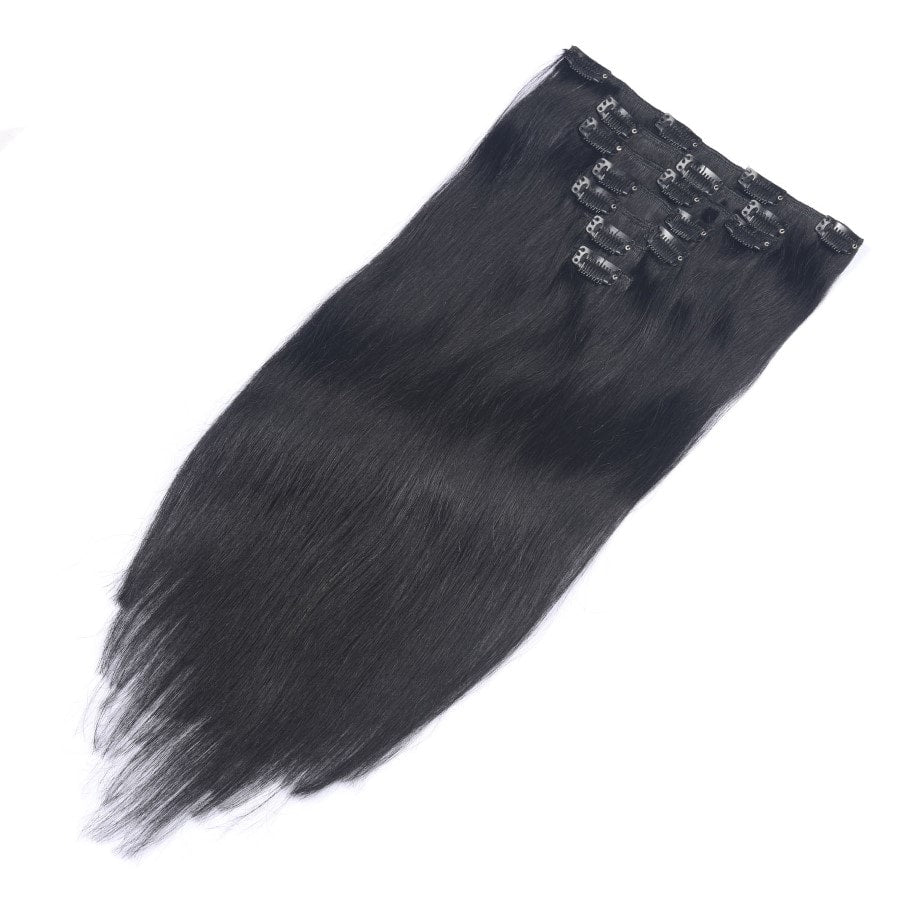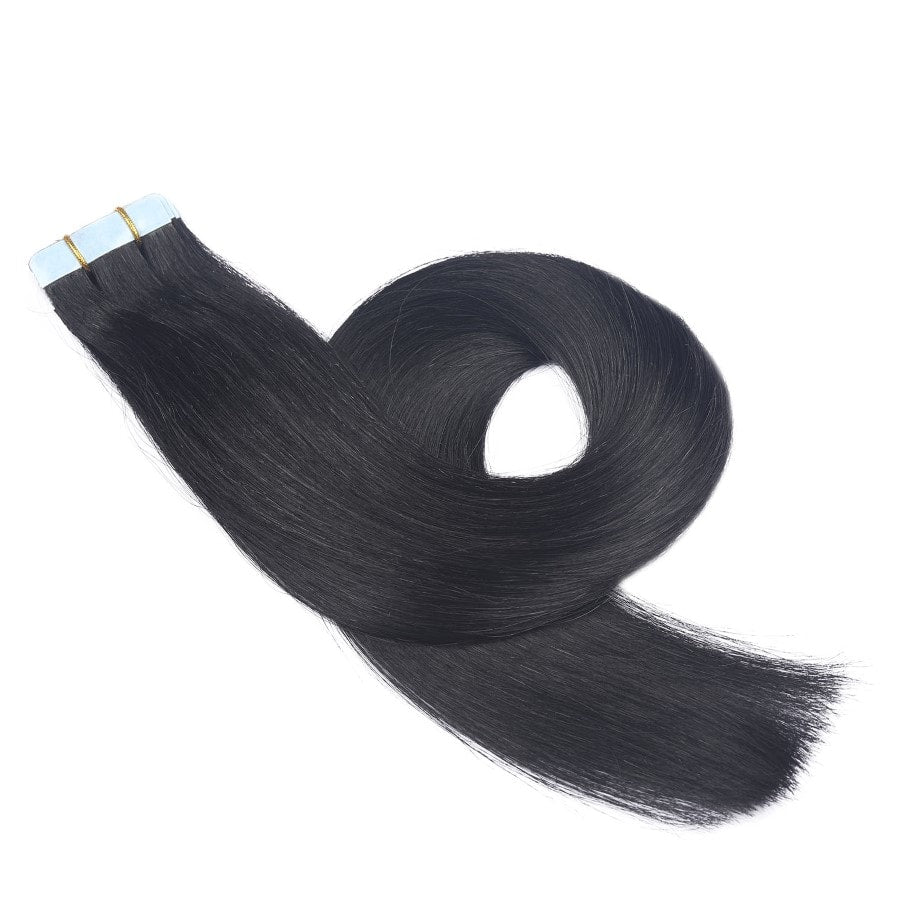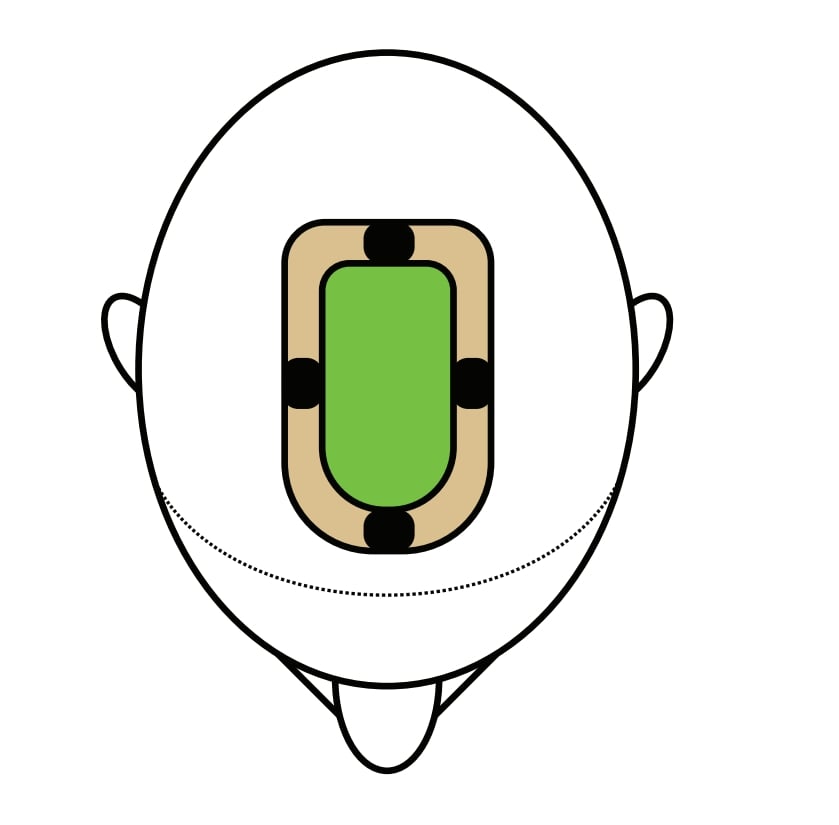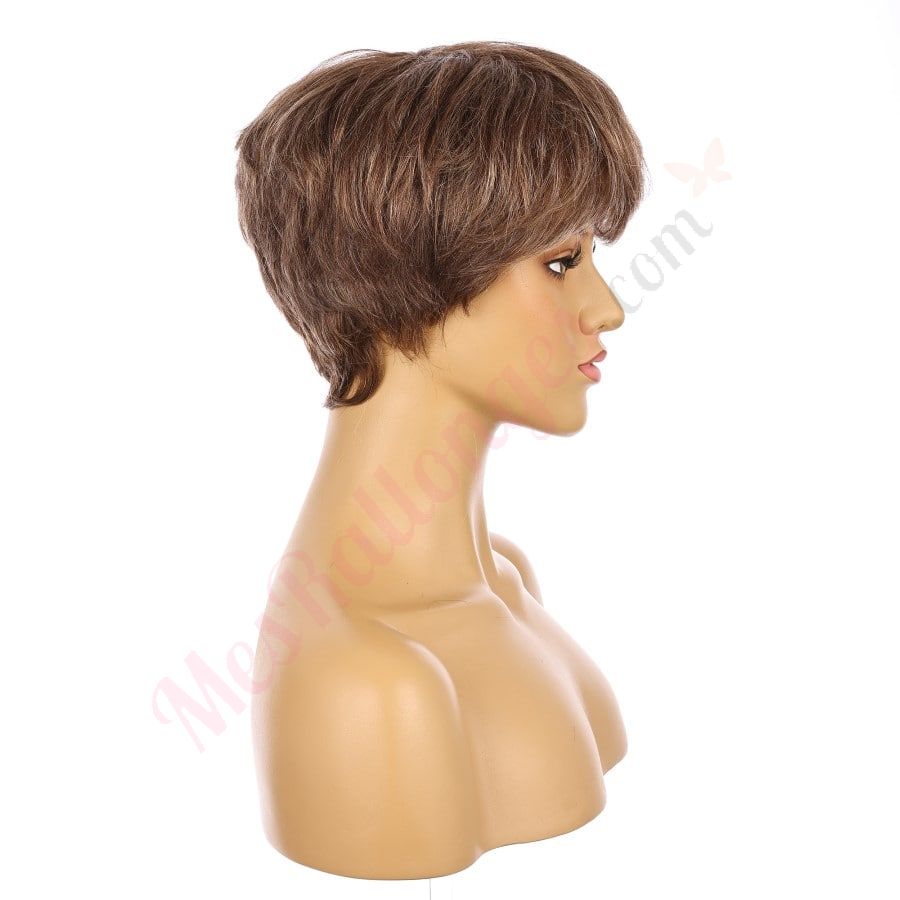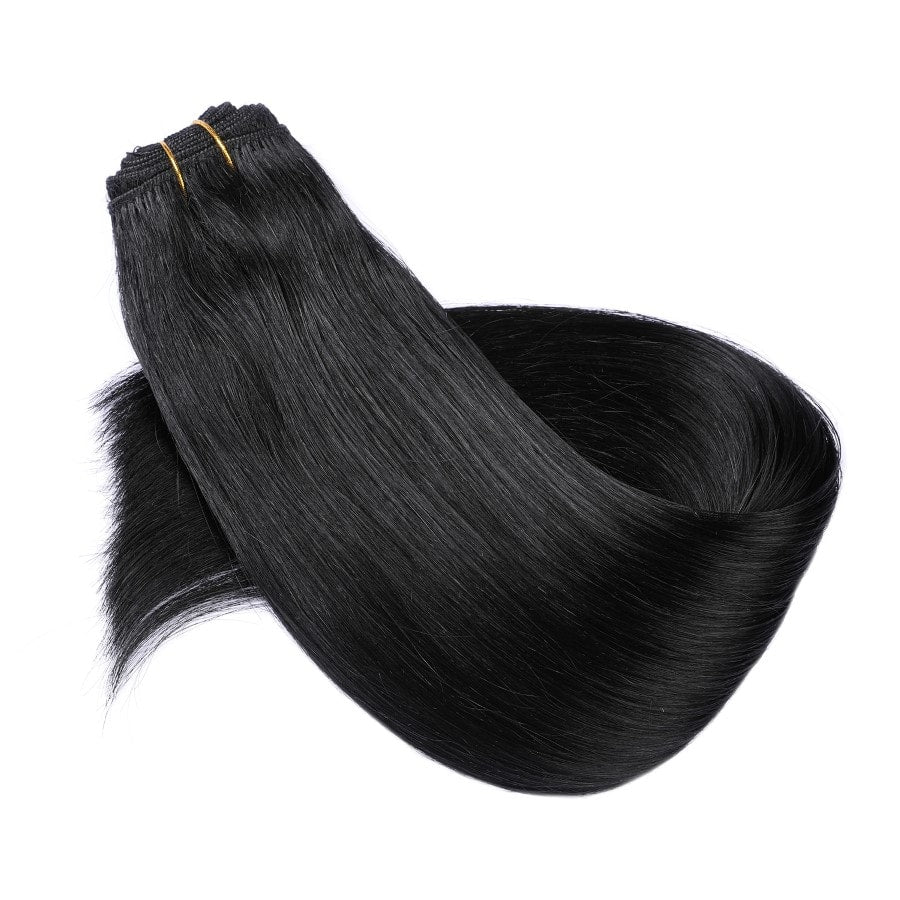Hair extensions can be a game-changer for many, adding volume and length to achieve that desired look. Shedding is a common issue many face with hair extensions, and it can be frustrating to deal with. Understanding why this happens can help you take better care of your extensions and keep them looking their best.

One key reason for shedding is how you wash and brush your hair. Extensions are more prone to shedding if handled roughly, especially when wet. It’s important to treat them gently, brush them before washing, and use the right products to maintain their health. Using sulfate-free and alcohol-free shampoos and conditioners can make a significant difference.
Healthy hair also depends greatly on your overall diet and lifestyle. Foods rich in vitamins, iron, and healthy fats, such as eggs, avocados, and spinach, can promote the strength and growth of your hair. Seeking the advice of a dermatologist or professional stylist can also provide personalized tips to keep your hair extensions shedding less.
Key Takeaways
- Shedding can be reduced by handling extensions gently
- Using proper hair care products is essential
- Diet and lifestyle play a crucial role in hair health
Understanding Hair Shedding and Loss
Hair shedding and loss can be troubling, especially for those with hair extensions. It's crucial to understand the natural hair cycle and the common causes of shedding in hair extensions to manage and mitigate the problem effectively.
Natural Life Cycle of Hair
Hair goes through a natural cycle that affects its growth and shedding. This cycle includes four stages: anagen (growth), catagen (transition), telogen (rest), and exogen (shedding).
-
Anagen: This is the growth phase, lasting anywhere from two to seven years. During this time, hair grows actively.
-
Catagen: A short transition phase lasting about 10 days. Here, hair stops growing and detaches from the blood supply.
-
Telogen: This phase lasts around three months, and the hair rests before finally being shed. Up to 10% of hair is in this phase at a given time.
-
Exogen: This is the shedding phase, where old hairs fall out to make way for new growth. Shedding 50-150 hairs daily is normal.
Understanding these stages helps in recognizing that some shedding is a part of the natural hair cycle.
Common Causes of Shedding in Hair Extensions
Shedding in hair extensions can be caused by several factors. Traction alopecia is one of the most common issues resulting from the excessive pulling of hair follicles.
-
Weight and Attachment: Heavy extensions or improper attachment can stress the hair, leading to shedding.
-
Poor Quality Extensions: Extensions made from poor-quality materials may not hold up well with daily wear, leading to quicker shedding.
-
Maintenance Practices: Lack of proper brushing or using the wrong care products can cause extensions to shed. Daily brushing is essential to prevent hair from getting stuck in small knots.
-
Nutrient Deficiencies: Deficiencies in vitamins such as A, D, and E, along with minerals like iron and zinc, can lead to increased shedding.
Proper consultation with a hairstylist can help assess these factors and provide guidance on how to minimize shedding effectively.
The Impact of Health and Lifestyle Factors
Health and lifestyle can greatly influence the condition of hair extensions. Poor diet and high stress levels contribute to excessive shedding, affecting both the natural and extended hair.
Nutritional Deficiencies and Diet
A diet lacking essential nutrients can lead to poor hair health. Vitamins like A, C, D, and E are important for hair growth. B vitamins, especially Biotin, are crucial too.
Protein is another key component since hair is made of keratin, a type of protein. Inadequate protein can result in weaker hair that sheds easily. Foods rich in protein include meat, fish, eggs, and legumes.
Iron and zinc are minerals that play significant roles in hair health. Iron helps red blood cells carry oxygen to hair follicles. Zinc contributes to the repair and growth of tissues.
Fatty acids, particularly Omega-3s, found in fish, nuts, and seeds, keep hair hydrated and shiny. Without enough of these nutrients, hair, including extensions, can become dry and prone to shedding.
Stress and Its Effects on Hair
Stress can cause excessive hair shedding. When the body undergoes stress, it can lead to a condition called Telogen Effluvium. This causes hair follicles to enter the resting phase, resulting in hair falling out.
Poor sleep, often caused by stress, negatively impacts hair health too. The body requires proper sleep to repair and grow hair. Lack of sleep disrupts this cycle.
Stress also affects hormone levels. Cortisol, the stress hormone, can interfere with the hair growth cycle, making hair more likely to shed. Managing stress through relaxation techniques, exercise, and adequate sleep can improve hair health and reduce shedding.
Thyroid health is important as well. Thyroid imbalances can cause hair loss and thinning. Regular check-ups and a balanced lifestyle help to maintain healthy hair and prevent excessive shedding.
Hair Extension Specific Issues
Hair extensions experience unique challenges such as shedding and tangling. These problems often arise from the type of extension used and how they are maintained.
Types of Hair Extensions and Associated Risks
Different types of hair extensions, like tape, weft, and clip-ins, each have their own risks. Tape extensions can slip if not applied correctly, leading to shedding. Weft extensions can cause tension on the scalp, which may result in breakage and hair loss. Clip-ins are easier to use but can still cause stress on individual hair strands if used frequently.
Synthetic extensions often shed more than human hair extensions due to the quality of the hair fiber. Human hair extensions are less prone to shedding if their cuticles are aligned and intact. For those with curly hair, extensions may tangle more, thus increasing the risk of breakage.
Care and Maintenance of Hair Extensions
Proper care is crucial to minimize shedding problems. Gentle brushing is essential. Use a soft-bristle brush or a comb designed for extensions to avoid pulling on the hair strands. Regularly wash extensions with sulfate-free shampoo to keep them clean without harsh chemicals that could weaken them.
Avoid excessive exposure to chlorine and saltwater. These elements can dry out the hair, causing more shedding and tangling. Protect your extensions from direct sunlight, which can fade the color and weaken the hair fibers. For tape and weft extensions, ensure they are installed and maintained by a professional to reduce the risk of damage.
Regularly check for signs of wear and tear and replace extensions as needed to keep them looking their best.
Products and Hair Care Practices
Using the right products and consistent hair care can greatly reduce shedding in hair extensions. Quality products and proper techniques help maintain moisture, prevent damage, and extend the life of the extensions.
Choosing the Right Products
When selecting products for hair extensions, it's important to focus on moisture and gentle ingredients. Sulfate-free shampoos and conditioners are ideal as they cleanse without stripping the hair of natural oils. Alcohol-free products are also essential because alcohol can dry out both the extensions and your natural hair.
Hair oils like argan oil or coconut oil can provide extra moisture and shine. Using a lightweight, leave-in conditioner can help maintain softness and manageability. Avoid using chemical treatments such as bleach or harsh dyes, as they can weaken the hair fibers and lead to increased shedding.
- Shampoo: Sulfate-free
- Conditioner: Moisture-rich, lightweight
- Additional: Hair oils (argan, coconut), alcohol-free products
Recommended Hair Care Techniques
Proper brushing and styling can prevent tangling and reduce shedding. Always brush your hair extensions gently, starting from the bottom and working upwards. Use a soft-bristle brush or a wide-tooth comb to avoid unnecessary pulling and breakage.
Before bed, it’s recommended to tie your hair in a loose braid or ponytail to prevent tangling. Sleeping on a satin or silk pillowcase can reduce friction, which helps in minimizing breakage.
Avoid using excessive hot tools like curling irons or straighteners on your extensions. If you must use them, always apply a heat protectant to shield the hair from damage. Keeping the extensions hydrated and avoiding overuse of chemical processes will help maintain their health and reduce shedding.
- Brushing: Soft-bristle brush or wide-tooth comb
- Styling: Minimal use of hot tools, always with heat protectant
- Night care: Loose braid/ponytail, satin/silk pillowcase
When to Seek Professional Help

For those experiencing excessive shedding with hair extensions, it may be time to consult a professional. Excessive shedding can indicate underlying scalp issues or improper installation.
Consulting a Dermatologist or Trichologist
A dermatologist or trichologist can examine your scalp and hair to identify any issues. They are experts in scalp health and can diagnose conditions like dandruff, scalp psoriasis, or inflammation.
Seeing a medical pro is crucial if you have symptoms like itching, redness, or bald patches. They can recommend treatments to manage these conditions effectively, ensuring your scalp remains healthy while wearing extensions. The American Academy of Dermatology can help you find a certified professional.
Identifying Serious Hair Conditions
If you experience unusual or rapid shedding, it might signal serious conditions like androgenetic alopecia. This is a common form of hair loss that requires medical attention.
Bald patches and significant thinning could point to conditions that need intervention. A professional can perform tests to determine the cause of shedding. Early detection and treatment can prevent further hair loss and improve scalp health.
Frequently Asked Questions

Shedding in hair extensions can be normal, but several factors might be contributing to excessive shedding. Proper care routines and understanding how to maintain your extensions can help minimize this issue.
Is it normal for hair extensions to shed?
Yes, it is normal for hair extensions to shed some strands just like natural hair. However, if you notice excessive shedding, it might indicate that the extensions are not being cared for properly or that there is an underlying issue.
How can I prevent my hair extensions from shedding?
To prevent shedding, handle your hair extensions gently. Avoid pulling or tugging at them, especially when they are wet. Use a wide-tooth comb or a brush designed for extensions. Washing them every 1-2 weeks with gentle products can also help maintain their integrity.
Why do my micro bead hair extensions keep falling out?
Micro bead extensions may fall out if they are not installed correctly or if the beads become loosened over time. Using the wrong shampoo, conditioner, or hair products can also affect the bonds, causing them to slip out more easily.
Can hair extensions cause my natural hair to become thin?
If not properly installed or maintained, hair extensions can cause stress on the scalp and natural hair, potentially leading to thinning or breakage. It’s important to give your natural hair breaks and seek a professional for installation and maintenance.
What are the common side effects of wearing hair extensions?
Common side effects of wearing hair extensions include tension headaches, scalp irritation, and potential damage to natural hair if not cared for properly. Occasionally, they can cause allergic reactions to certain materials used in the extensions or the bonding agents.
How do I maintain my hair extensions to prevent excessive shedding?
Maintain your hair extensions by following a proper care routine. Use sulfate-free shampoos and conditioners tailored for extensions, avoid heat styling tools frequently, and always dry them naturally or with low heat. Regularly visit your stylist to ensure they stay secure and in good condition.


